Yacht Checklist: Preparing for Your Sailing Vacation with a Charter Company
Introduction: Why This Checklist Matters?
Before you set sail on your dream vacation, you must thoroughly check your yacht. This checklist aims to ensure your holiday is as smooth and enjoyable as possible. Though charter companies provide technical support, it’s much better to prevent issues from occurring by checking everything before you depart.
Before Boarding: Preparing for Your Yacht Check
- Complete the necessary documentation at the charter office.
- Store personal belongings in a storage room or office to keep the yacht clear for inspection.
- Send your family or friends to shop for groceries or relax nearby so you can check the yacht without distractions.
- Work with a written checklist to ensure you don’t miss any critical details.
Yacht Systems and Equipment Checklist
Anchor System
- Check the windlass by winding the anchor chain up and down. Listen for squeaks or slippage.
- Ensure the manual stopper is in place and check the bridle (for catamarans).
- Know the length of the anchor chain and its markings (typically every 10 meters).
- Locate the anchor fuse to ensure quick troubleshooting if needed.
Sails Check
- If weather allows, open the genoa and hoist the sails. Check for tears and ensure all ropes (halyard, sheets, reefs) are secure.
- Ensure the genoa roller operates smoothly.
Hull and Rails
- Inspect the hull and rails for scratches or loose parts. Take photos if needed.
Fenders
- Count the number of fenders to ensure none are lost during your trip.
Engine Checks
- Check engine oil, gearbox oil, and the engine bilge area.
- Know the location of the manual engine stop.
- Start the engine, test forward/reverse gears, and check the steering.
- Run the engine for 30 minutes and monitor for any alarms.
Electronics
- Ensure GPS functions correctly and is set to English.
- Check the depth sounder (verify calibration from surface or keel).
- Test the autopilot by pressing auto and adjusting course with the +10/-10 buttons.
- Test VHF with a quick check call.
Additional Checks
- Identify the fuel and water caps to avoid confusion when refilling.
- Inspect the dinghy for proper inflation and check the outboard engine’s functionality.
- Verify that the cooking gas bottle is full, and test the stove and oven.
- Check the lines (ropes) for proper length and condition for anchoring.
- Inspect battery voltage under shore power and without it.
- Test bilge pumps (manual and automatic) and locate manual pump handles.
- Ensure shower and toilet pumps are functioning properly.
- Locate holding tank valves for use in marinas and bays.
- Test the stern shower for leaks and pressure.
- Check the water tanks and valves, especially for leaks or connection issues.
- Ensure the refrigerator is cooling properly.
Safety Equipment
- Locate all fire extinguishers, pyrotechnics, first aid kits, and life jackets.
- Check that the fire blanket near the stove is easily accessible.
- Ensure life rings and other safety equipment are in place.
Final Tips for Your Sailing Vacation
Not every issue is worth delaying your vacation. Focus on essential systems like the anchor, engine, and holding tank. Minor issues like non-functioning navigation lights may not impact your trip if you’re not sailing at night. It’s all about prioritizing your comfort and safety for the week.
Watch the Full Video Guide
For a complete walkthrough of the yacht checklist, watch our video on how to check a yacht over for your sailing vacation with a charter company.
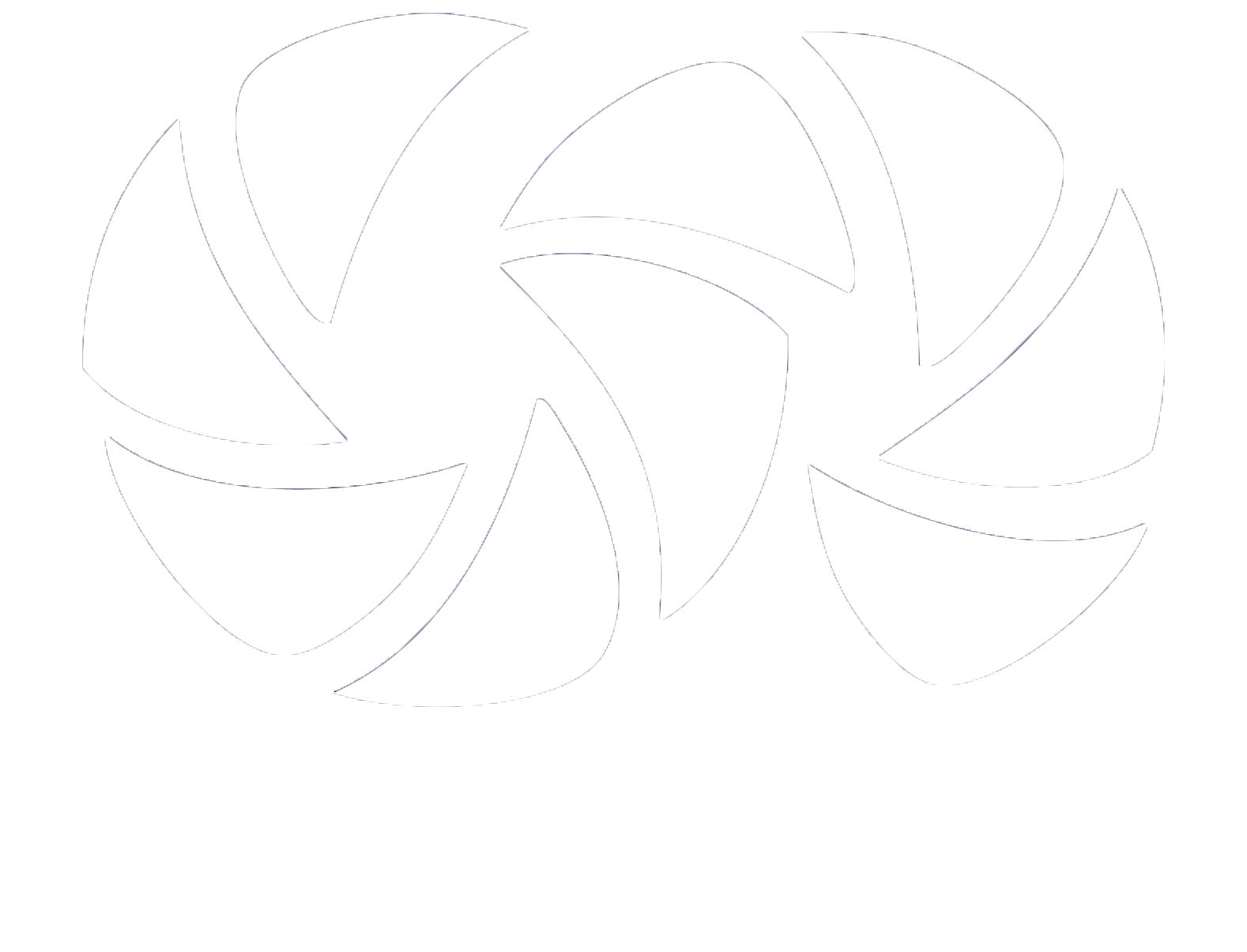

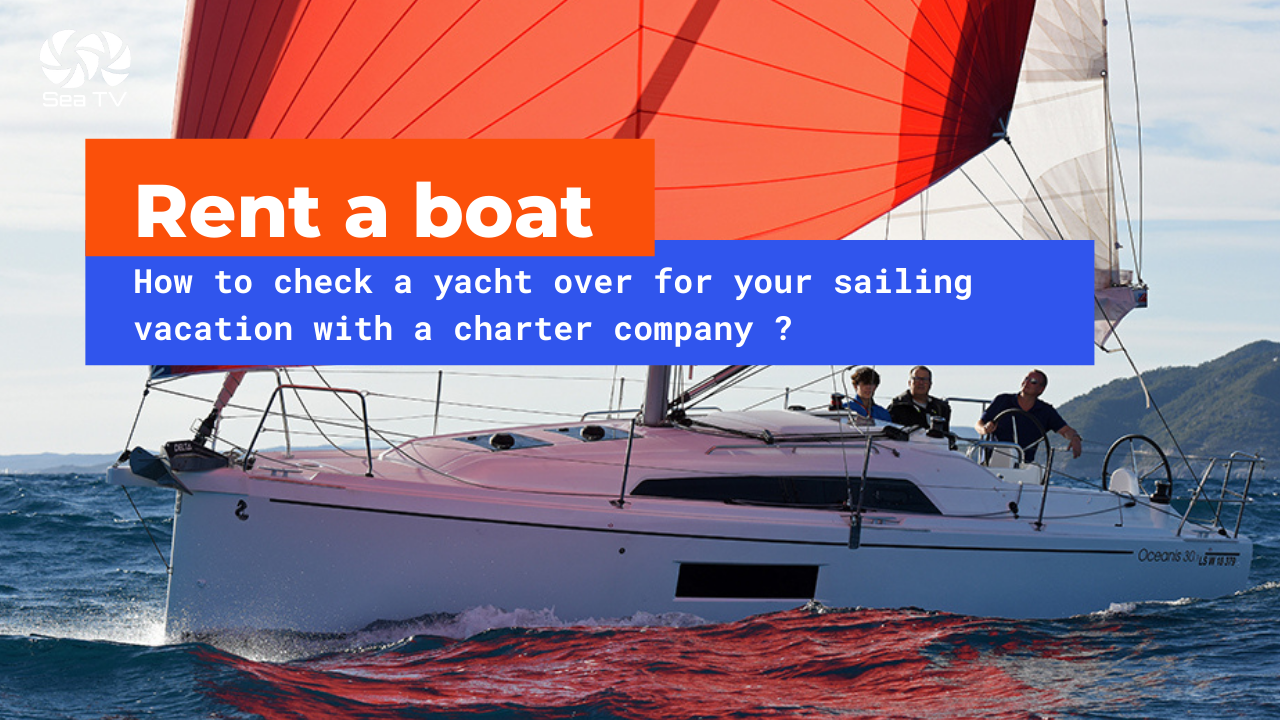
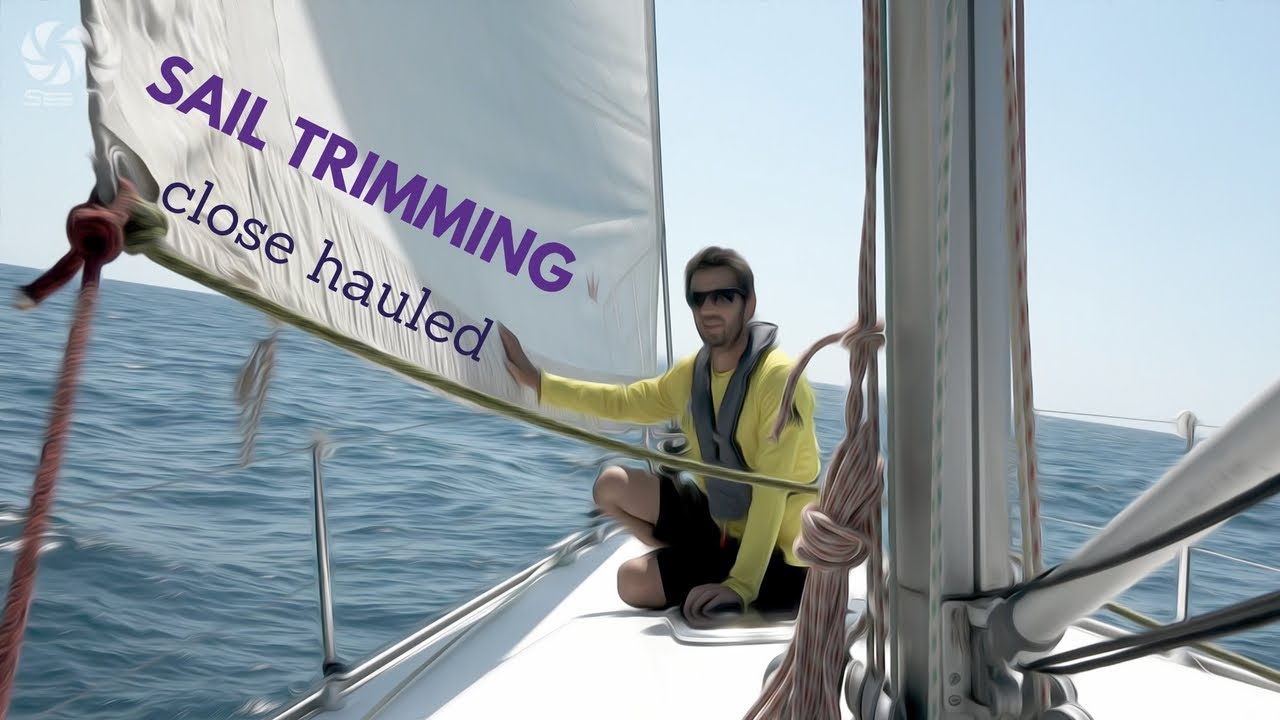

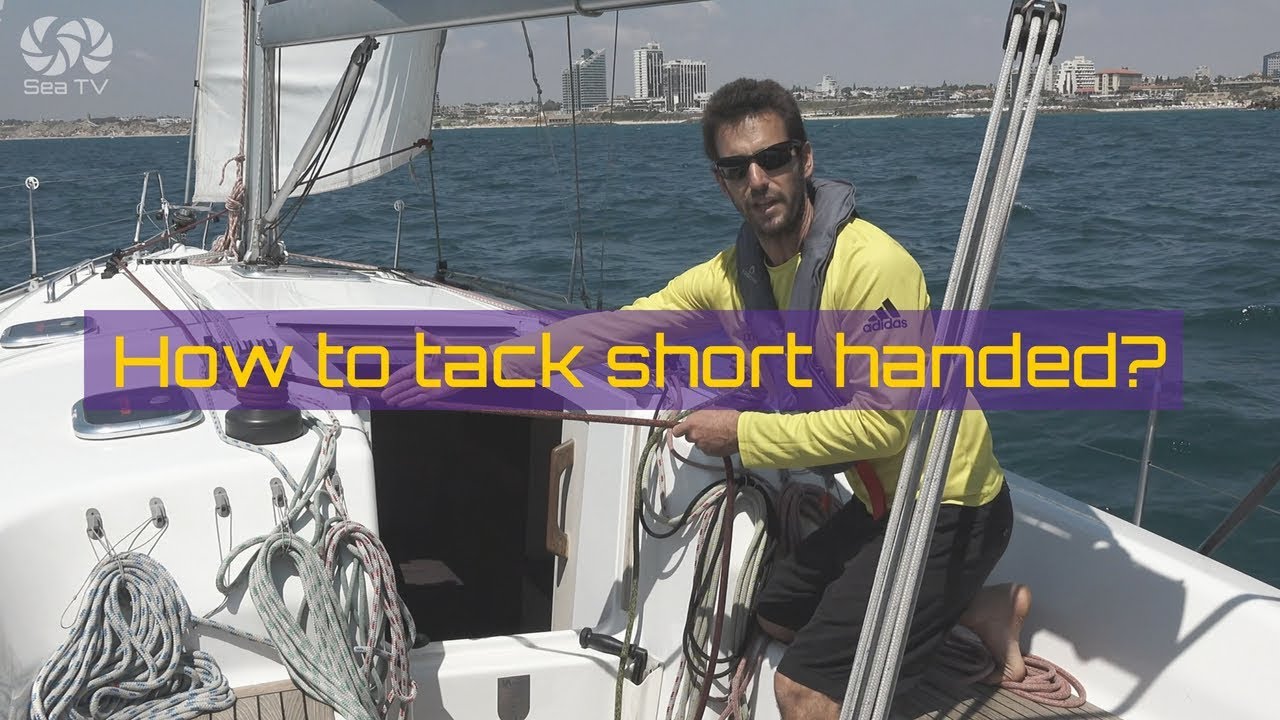
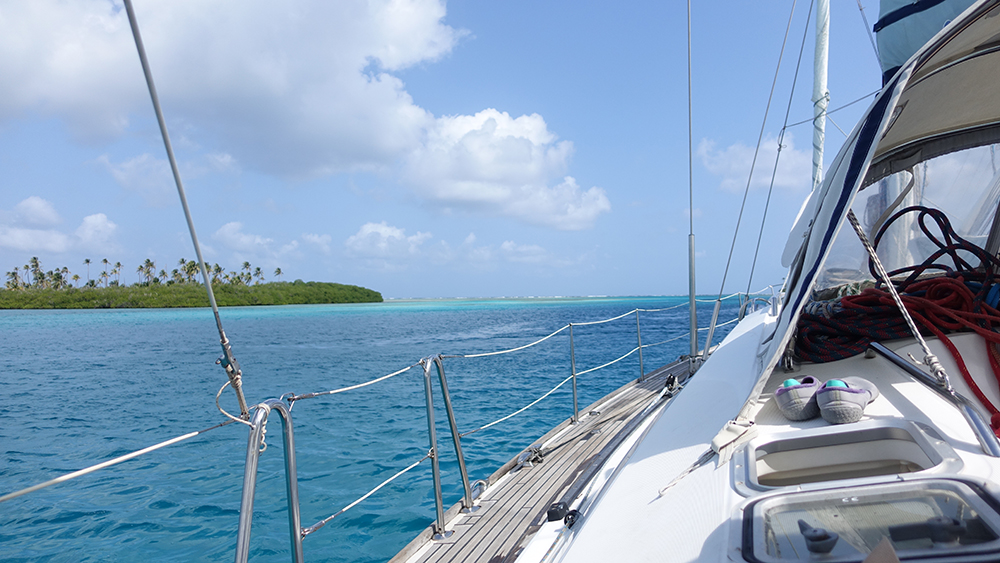
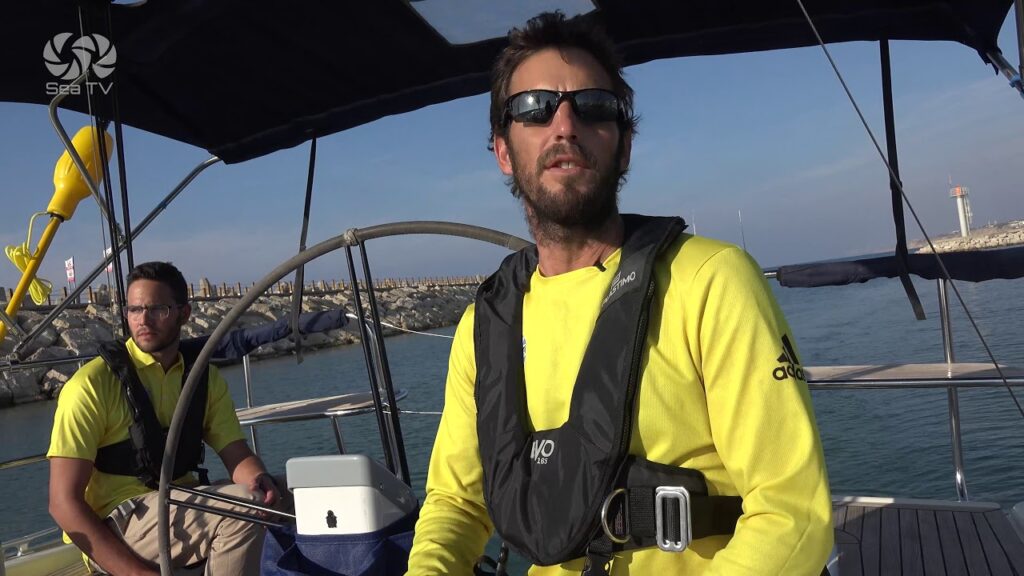



Leave a Reply